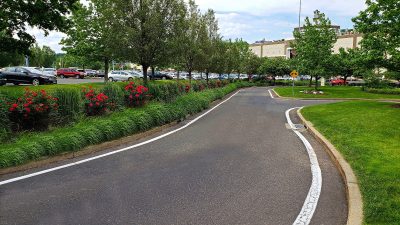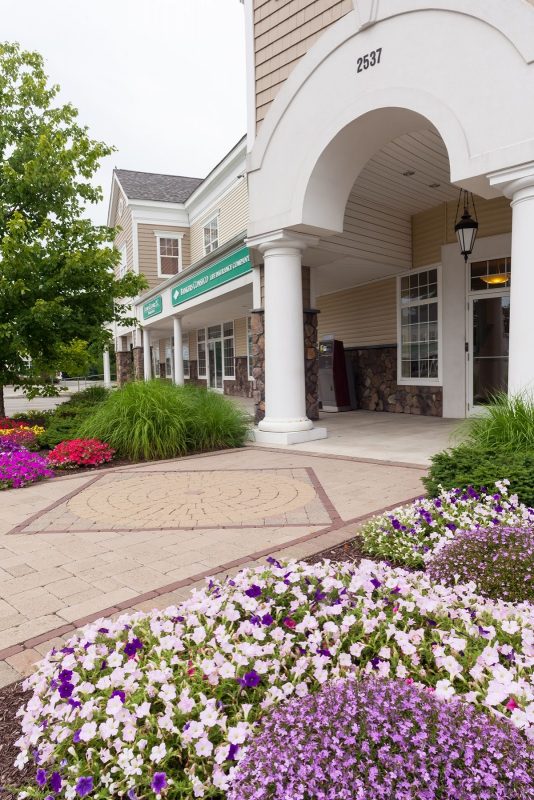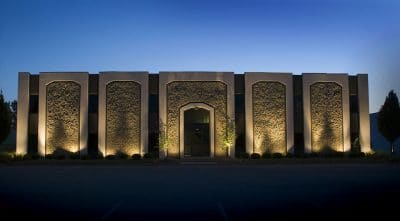 Consumers enjoy the convenience of shopping with clicks—and some would rather go online to buy than peruse the shelves of brick-and-mortar retailers. Is shopping going to go completely digital? Not exactly, if you consider the U.S. Census Bureau’s report that e-commerce sales accounted for 10.2 percent of total retail sales during the first quarter of 2019.
Consumers enjoy the convenience of shopping with clicks—and some would rather go online to buy than peruse the shelves of brick-and-mortar retailers. Is shopping going to go completely digital? Not exactly, if you consider the U.S. Census Bureau’s report that e-commerce sales accounted for 10.2 percent of total retail sales during the first quarter of 2019.
But the reality is, e-commerce is growing—and earlier this year, online sales rose 12.4 percent compared to the first quarter of 2018, according to the bureau.
As e-commerce continues to grow in popularity, retailers are forced to adopt new technologies and strategies to remain competitive. This has led to a growing trend of online-only retailers, as well as an increase in the use of mobile devices for shopping. In order to keep up, traditional brick-and-mortar stores are turning to innovative technologies such as smartphone self-scanning, augmented reality, and drone delivery in order to provide a more convenient shopping experience for younger consumers who have grown up with these types of technologies. Overall, the retail landscape is rapidly changing as new technologies continue to emerge and reshape the way we shop.
So, how can retailers drive people into the stores, and what can you do to sustain your brand and thrive despite the distraction and ease of a growing e-commerce sector? It’s all about customer experience.
The shopping centers landscape is a key component of customer experience because it shapes guests’ first impression and elevates retailers’ reputation. It speaks to the brand. The good news is, even modest projects that enhance a commercial property can improve the shopping experience. Some of these projects are all about aesthetics—and others focus more on convenience or safety. They’re all important.
What changed the Retail Industry?
We have discussed that the rise of the internet and online shopping has greatly affected the retail industry. However, another aspect that has impacted physical retail stores greatly was the coronavirus pandemic. Sales from luxury brands have plummeted. Hours spent at shops and stores are gone. The global pandemic has forced many people to stay indoors and shop online instead of visiting brick-and-mortar stores. Many of the stores served as fulfillment centers for online orders in order for their business to survive.
The other big change that has impacted retail stores is the rise of mobile commerce. More and more people are using their smartphones to shop online. This trend is only going to continue as mobile devices become more and more commonplace.
So, what does the future of retail look like? It looks like it will be a mix of online and offline shopping. Online shopping will continue to grow, but physical stores will still have a place in the retail industry. The key for retailers will be to find the right mix of online and offline shopping that works for their business. Innovation is also needed. Some shops provide real-time stock information online and an option to book a fitting room to try what they purchased. They will also need to be able to adapt to the ever-changing landscape of the retail industry.
 #1 Add Color to Entice Retail Shoppers
#1 Add Color to Entice Retail Shoppers
Color lifts the spirits and draws attention to entryways. As a design element, color helps guide the eye, so you can capture guests’ interest if you implement color effectively in the landscape. Not to mention, colorful annuals and perennials break up the monotony of large buildings like shopping malls. Choose a color scheme to avoid a hodge-podge look.
#2 Plant Natural Screening
Retail environments that include outdoor seating or dining spaces should consider natural screening—plants that create a sense of privacy, and structures like pergolas and covers that make the space feel more like a room. By combining different textures, you can establish a screen that is visually interesting and allows light to flow into the area.
#3 Create a Parklike Setting
Build-in spaces where guests can gather, or simply sit and relax. Incorporate benches and other types of seating, such as arrangements of tables and chairs. Painted Adirondack chairs are attractive and inviting, sending a message to guests that they should hang out for a while and enjoy the scenery. Flower beds and plantings can define seating spaces and give shoppers an enticing backdrop to enjoy while they’re visiting your business.
#4 Celebrate the Seasons with Containers
Containers are an ideal way to include seasonal color without committing to plants in a bed—so they’re a perfect way to decorate your retail center for the holidays. With the range of decorative and artistic containers available, there’s appeal in the plants and the pot. Containers can act as moveable seasonal displays, and they are ideal for entrances, along walkways and in gathering spaces on your commercial property. Not to mention, you can add lights to containers for a festive touch during the holidays.
#5 Light Up Your Retail Property
 Landscape lighting enhances safety and sets the mood in a retail environment. It gives shoppers confidence when they visit your property after dark—and it adds ambiance, encouraging shoppers to enjoy their experience and stay a while longer. Research from Lux shows how lighting boosts sales, with one retailer in its study reporting a 12% increase in business after installing a new lighting scheme. The lighting you install outside can either welcome guests or send them packing. Be sure to light up walkways and parking lots, along with entry points.
Landscape lighting enhances safety and sets the mood in a retail environment. It gives shoppers confidence when they visit your property after dark—and it adds ambiance, encouraging shoppers to enjoy their experience and stay a while longer. Research from Lux shows how lighting boosts sales, with one retailer in its study reporting a 12% increase in business after installing a new lighting scheme. The lighting you install outside can either welcome guests or send them packing. Be sure to light up walkways and parking lots, along with entry points.
Also, consider spaces that present a safety concern. Lighting also maximizes the investment in your landscape by illuminating plants after dark so your guests can enjoy the surroundings if they’re shopping after sundown.
Keep Your Retail Business Strong
Commercial landscape management is a gateway to your retail establishment, , and it’s an asset you can leverage to attract guests to your property. Boost your sales by investing in property enhancements that create an experience for shoppers. We’ll show you how.
Contact us in Hudson Valley at 845-463-0592, Westchester at 914-271-7996, Connecticut at 203-212-4800 and New Jersey at 201-591-4570. Or, fill out our contact form and we’ll get in touch with you about a free site assessment.